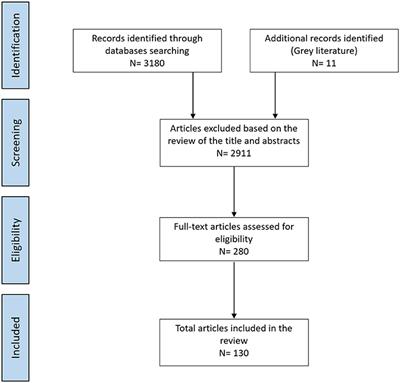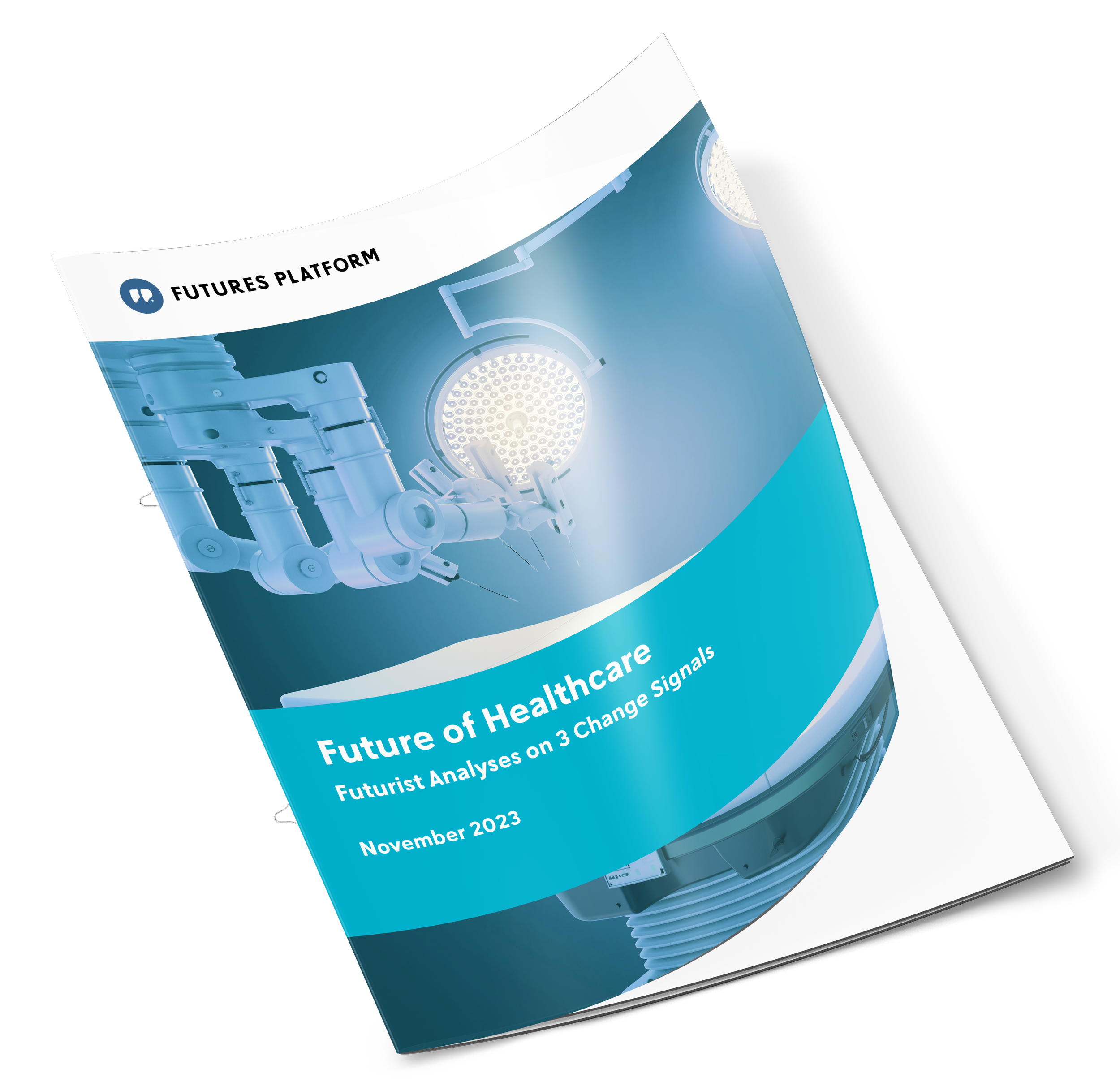Forecasting Global Health Challenges: Pandemic Prediction Models
In the dynamic landscape of global health, the development and utilization of pandemic prediction models have emerged as powerful tools. This exploration delves into the significance of these models, their methodologies, and the impact they can have on our preparedness and response to future health crises.
Understanding the Role of Pandemic Prediction Models
Pandemic prediction models are sophisticated tools designed to analyze vast datasets, considering factors such as disease spread patterns, population dynamics, and environmental variables. These models aim to forecast the potential trajectory of a pandemic, providing valuable insights for decision-makers, healthcare professionals, and public health officials.
Data-Driven Insights for Early Detection
The core strength of pandemic prediction models lies in their ability to offer data-driven insights for early detection. By analyzing historical data and current trends, these models can identify unusual patterns or emerging threats. Early detection is crucial for initiating timely interventions, thereby preventing the rapid spread of infectious diseases and minimizing their impact.
Types of Pandemic Prediction Models
There are various types of pandemic prediction models, each tailored to address specific aspects of disease dynamics. Epidemiological models focus on disease spread among populations, while statistical models analyze historical data to make predictions. Computational models, including agent-based models and machine learning algorithms, offer a more dynamic and adaptive approach to predicting pandemics.
Challenges and Limitations in Modeling
While pandemic prediction models are invaluable, they come with challenges and limitations. The complexity of infectious diseases, uncertainties in data, and the dynamic nature of human behavior pose challenges to accurate modeling. Acknowledging these limitations is crucial for refining models and enhancing their accuracy over time.
Impact on Public Health Planning and Response
The insights provided by pandemic prediction models significantly impact public health planning and response strategies. Governments, healthcare systems, and emergency responders can use these forecasts to allocate resources, plan vaccination campaigns, implement preventive measures, and enhance overall preparedness. The proactive use of data-driven models improves the efficiency of response efforts.
Incorporating Environmental Factors in Modeling
Recent advancements in pandemic prediction models involve the incorporation of environmental factors. Recognizing the interconnectedness of ecosystems and human health, some models consider climate conditions, biodiversity, and land use. This holistic approach provides a more comprehensive understanding of the factors influencing the emergence and spread of infectious diseases.
Championing Global Collaboration for Enhanced Modeling
The effectiveness of pandemic prediction models is amplified through global collaboration. Sharing data, research findings, and model methodologies across borders enhance the accuracy and applicability of models. Collaborative efforts ensure that models consider diverse scenarios and account for variations in healthcare systems, demographics, and socio-economic factors.
Pandemic Prediction Models: A Crucial Component of Preparedness
Explore more about the crucial role of Pandemic Prediction Models in global health preparedness. These models are not only tools for predicting pandemics but also key components in developing robust preparedness plans. By continually refining and advancing these models, we can navigate the complexities of global health challenges with greater foresight and resilience.
Ethical Considerations and Transparency in Modeling
As we rely on pandemic prediction models, ethical considerations and transparency are paramount. Ensuring the responsible use of data, protecting privacy, and maintaining transparency in model development and predictions build trust among the public. Ethical guidelines contribute to the ethical and equitable application of pandemic prediction models.
Embracing Technological Advancements for Improved Models
The future of pandemic prediction models lies in embracing technological advancements. Innovations such as artificial intelligence, machine learning, and advanced data analytics contribute to more accurate and adaptive models. Integrating these technologies enhances the predictive capabilities of models, enabling a more proactive approach to global health challenges.
Conclusion: Shaping a Prepared Future
In conclusion, pandemic prediction models play a pivotal role in shaping a prepared future for global health. Explore Pandemic Prediction Models to understand how these tools contribute to early detection, data-driven decision-making, and enhanced preparedness. As we navigate the complexities of infectious diseases, leveraging the insights provided by these models ensures a more resilient and proactive response to global health challenges.





